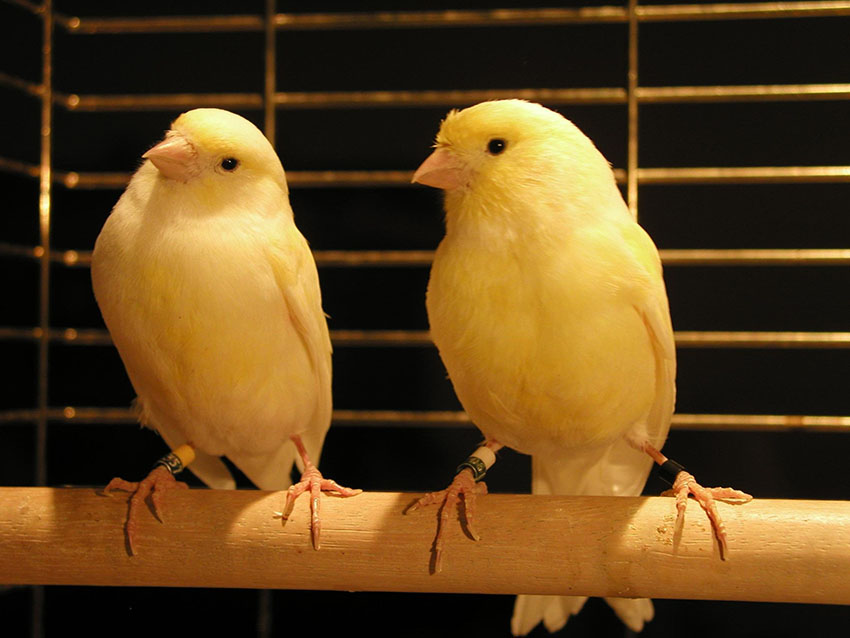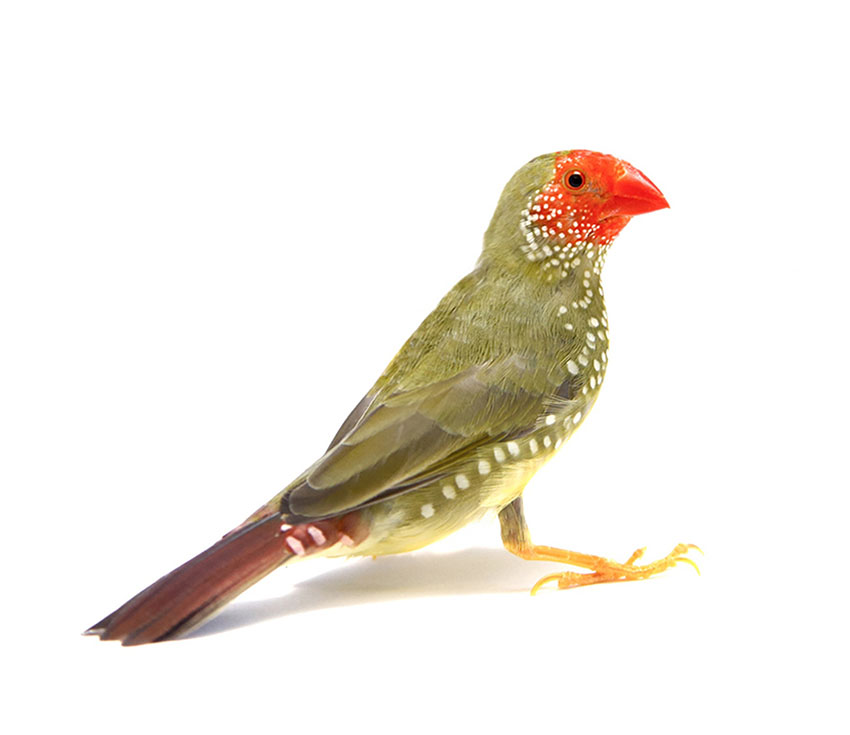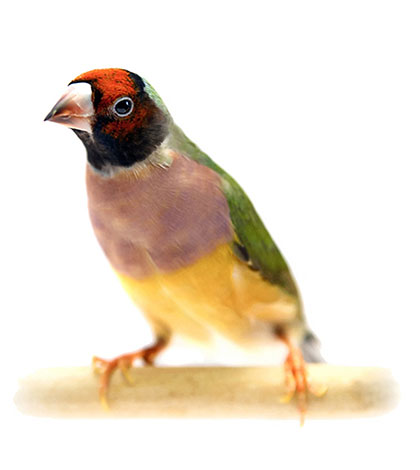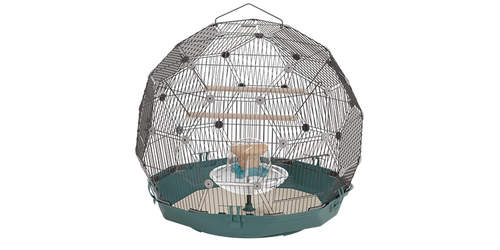All birds come preprogrammed for mating. All you need to do is provide a suitable environment (or, conversely, avoid providing the stimulus if you don’t want to breed the birds). The key rule is to make sure the mating birds are as fit and healthy as possible. They should be at least six months old, and no older than seven years. They also need to have been fed the best possible food beforehand, including protein supplements such as egg food (see the Finch Food section of this guide).

After six months, Canaries are ready to mate
Finch Courtship
Different species of finch have different courtship behaviours; but the basics are the same. It’s the male that makes all the fuss, displaying and/or singing to his potential mate (even if she’s the only mate available). One of the only exceptions to the male-courts-female rule is found in the Star finch. Here, the female has to kick-start proceedings by waving a small stick or grass stalk at the male of her choice. This triggers the cock bird to make his courtship moves.

Star finch hens take the lead when it comes to initiating mating
If you keep more than one pair of any species, you may notice variations in the songs and tweets used by the male to impress the female. This is particularly the case with Zebra finches, where there can be significant variation in how he expresses himself.
Depending on the type of finch you have, a courtship dance will be a combination of hopping, fluttering, strutting, chest-puffing, tiptoe-standing, head-bobbing, wing-drooping, tail-pointing, bowing, physical contact, or offering of gifts such as food or grass stalks.
Finch Bonding
The courtship usually ends in a pair bonding and pairing up – but not always! The avian version of love is just as fickle as the human form, and some hens, even if they are hormonally ready to breed, don’t fall for the cock’s charms. A female who persistently evades the male or makes a hissing noise at him is not interested. Sometimes this is due to other birds – even if they are in different cages – distracting her with alternative songs and dances.
Once a cock and hen are perching quietly together or sleeping all snuggled up, they have successfully bonded. Once again, the nature of this bonding will depend on the species. Zebra finches like to nestle closely together, while Gouldian finches, for example, maintain a more decorous distance, even when they have accepted each other as a mate.

Gouldian finches bond with a certain English reserve
Most species engage in mutual preening once paired, and twitter to each other. The basic courtship displays and songs will be repeated to affirm the bond, and the hen will sometimes copy her mate’s display patterns, bobbing her head and pointing her tail. Both birds will start to show an interest in nesting material, and will begin mating.




Comments
Abhilash, 14 March 2021
The finch chick tht came out from the breeding nest in my aviary has a bald patch on its back and also it appears as a bulging. Also the chick is a little weak. What could be the problem? Please help..
Karen, 17 September 2020
I have beginners luck and my Gouldians have produced 2 chicks. They have left the nest. When will they get their adult plumage? The parent birds are nesting again. Do I need to remove the juviniles to a different cage?
Sheryl, 2 August 2019
How can I tell if my zebra finches is carrying eggs to be played?
William, 27 May 2019
What is the meaning of a male zebra Finch touching beaks with a female, when you introduce them to a new food?
Judy, 10 November 2018
Why does the male finch keep running the female away from her eggs and won't let her set on them?